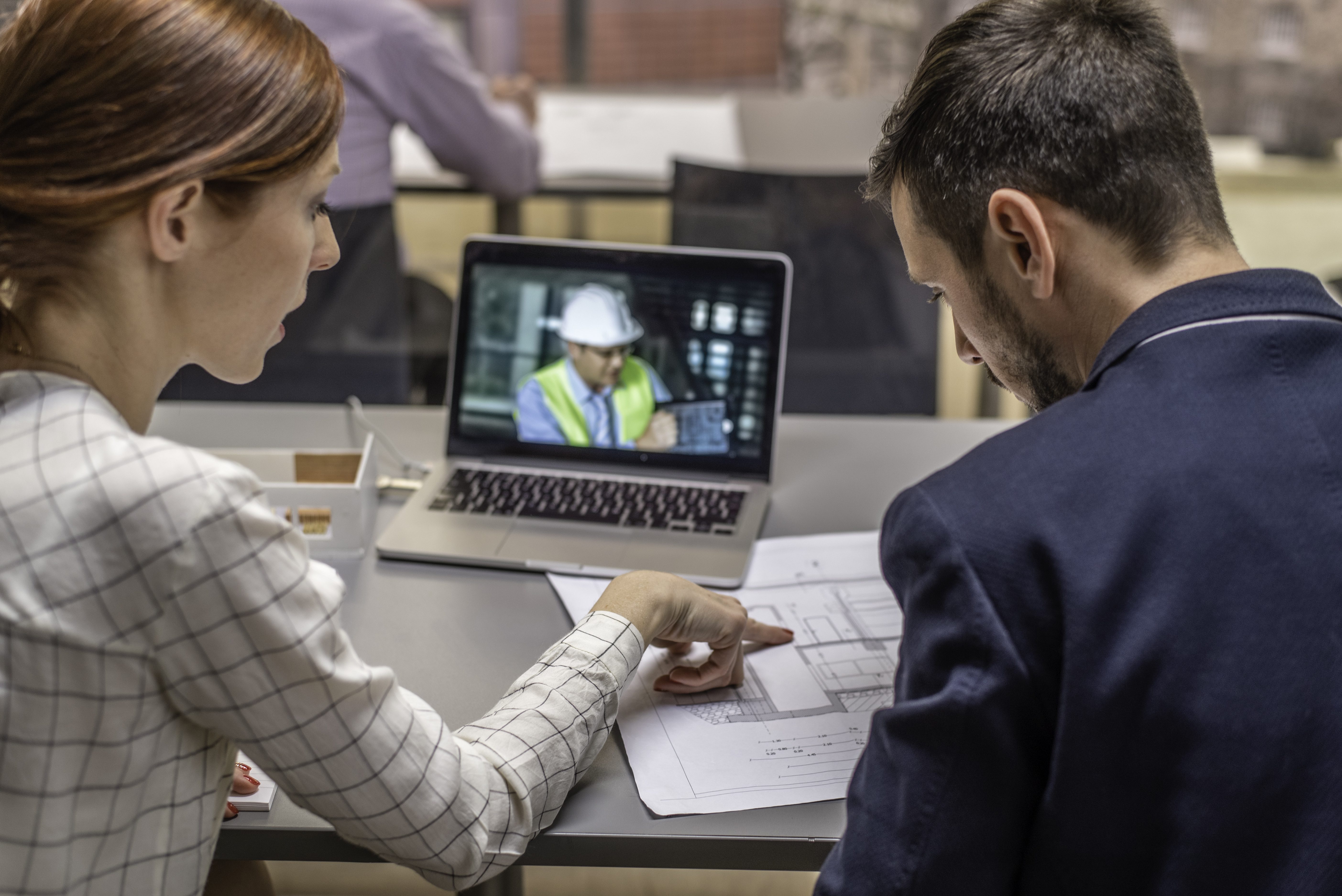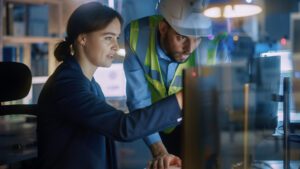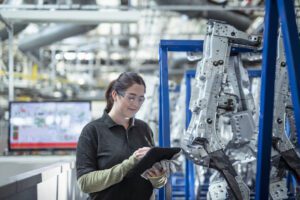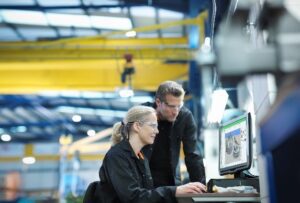 Industrial businesses today face a new set of demands and pressures. Sure, the need to meet financial targets is still there, but now shareholders, customers and employees expect them to operate sustainably and equitably too.
Industrial businesses today face a new set of demands and pressures. Sure, the need to meet financial targets is still there, but now shareholders, customers and employees expect them to operate sustainably and equitably too.
There’s a short term need to modernize to digitize and also the need for a longer term plan to match their installed technologies to the demands of today, and the emerging needs and opportunities of tomorrow.
Investment Continuity allows companies to look at their assets and control systems as an investment in a portfolio of capabilities to meet the short, medium- and long-term needs of their business.
Newer technologies will almost always become available during a plant’s lifetime and so companies must continually consider the overall needs of their business as they decide when to extend the life of an asset, when to modernize it, and when to replace or retire it.
The Internet-of-Things and Cloud-Based technologies will help ensure that factories will avoid unplanned downtime, improves asset performance, and optimizes electricity usage.
Founded in 1870, Granado Pharmácias is Brazil’s oldest, and one of its biggest cosmetics brands. To secure the company’s present and future competitiveness, Granado needed to modernize its factories and traditional production process. In partnership with Schneider Electric, Granado embarked on a major digital transformation.
Mr Jurandir, Granado’s Production Director, stresses that the firm’s management and stakeholders had only asked for quality improvement, but the digital upgrade delivered additional benefits. “Globally I estimate between a 10% and 15% increase in our production. We are very satisfied. Repeatability of the quality of the production is definitely the key factor we’ve got from the modernization project,” he says.
Investment Continuity bridges the gap between old and new technologies so they can work together for the entire lifecycle of the plant.
So, what is the ‘right’ way to optimize the investment a company makes in each asset of their plant? The answer probably is ‘it depends’. Some assets or lines manufacture products with a relatively short lifecycle. Those assets may not be around for long. Other assets are more central or critical to an enterprise’s business plan. It’s also a great idea to extend planning horizons to manage the complete portfolio of assets in a plant based on future strategic plans and market/ customer demands.
Business insights from the IIoT help plants decide on an investment continuity strategy for:
- When to extend the lifespan of an asset – Extended Lifespan.
- When to modernize it – Modernization.
- Prioritize where to invest in the company’s assets mix to meet both present and anticipated future market and customer demand – Investment Prioritization.
The goal of Investment Continuity is being agile enough to direct investment capital towards reducing the risk associated with older assets while capitalizing on new opportunities to generate revenue opportunities and reduce operating cost. Taking this approach will also further improve Return On Capital Employed and that should help to keep shareholders happy!
Kiichiro Toyoda, founder of Toyota Motor Corporation, strongly believed in philosophy that “the ideal conditions for making things are created when machines, facilities, and people work together to add value without generating any waste.” Continuous Improvement, also known as Kaizen that translates from Japanese as “improvement” (kai – “change” – zen “good”), is ongoing effort to improve existing products, services, or processes by implementing rather smaller than major changes he ongoing efforts to improve processes this philosophy is based on will probably encompass all three levels of Investment Continuity in their execution strategies.
How do Integrated Control and Supervisory solutions make it easy to keep applications standardized and up to date across the plant?
Our integrated control and supervisory solutions make full use of object-based programming. We’ve also made it possible to link a control object with its corresponding supervisory object for the entire life of the system. This makes it easy to ensure supervisory and control systems remain in step after hardware upgrades. Upgrades to newer technologies are fast and easy and plant staff will always have access to accurate operational insights.
Today, electronic technologies continue to advance at warp speed driven in large part by the consumer electronics market. One generation of components can last less than a couple of years whereas a production line can last 10 years or more. Working together with industrial companies we believe we can help them preserve their existing investments and successfully leverage rapidly advancing new technologies to operate at higher levels of profitability and sustainability than ever before.
Learn more about Investment Continuity & Lifecycle Management
Watch these videos:
EcoStruxure for Industry – Unlock New Levels of Productivity
EcoStruxure Plant – IIoT-Enabled Architecture and Platform
For more in-depth information access the following assets:
Integrated Control and Software Solutions: Integrated Automation for Enhanced Return (Whitepaper)
Upgrade your Asset Management Strategy for Greater Savings (Technical Guide)



